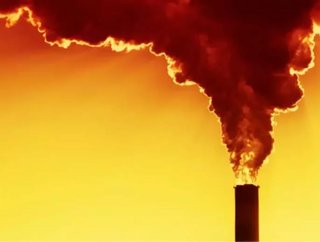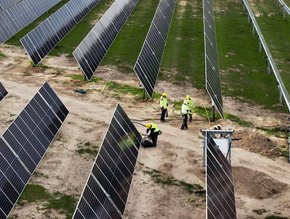U.S. energy-related CO2 emissions increase

Make sure to check out the latest issue of Energy Digital magazine
Once all data are in, energy-related carbon dioxide (CO2) emissions in 2013 are expected to be roughly 2 percent above the 2012 level, largely because of a small increase in coal consumption in the electric power sector. Coal has regained some market share from natural gas since a low in April 2012; however the impact on overall emissions trends remains fairly small.
Emissions in 2013 are slightly more than 10 percent below 2005 levels, a significant contribution towards the goal of a 17 percent reduction in emissions from the 2005 level by 2020 that was adopted by the current Administration. This level of reduction is expected to continue through 2015, according to EIA's most recent Short-Term Energy Outlook.
CO2 emissions from energy activities declined four out of six years since their 2007 peak, and were historically low (12 percent below the 2005 level) in 2012. From 2005 to 2013, the key energy-economic drivers of a changing U.S. energy landscape included:
- Weak economic growth in recent years, dampening growth in energy demand compared to pre-recession expectations
- Continuously improving energy efficiency across the economy, including buildings and transportation
- High energy prices over the past four years, with the exception of natural gas, since about 2010
- An abundant and inexpensive supply of natural gas, resulting from the widespread use of new production technologies for shale gas
- Power sector decarbonization since 2010, as natural gas and renewables displaced coal
Source: U.S. Energy Information Administration






